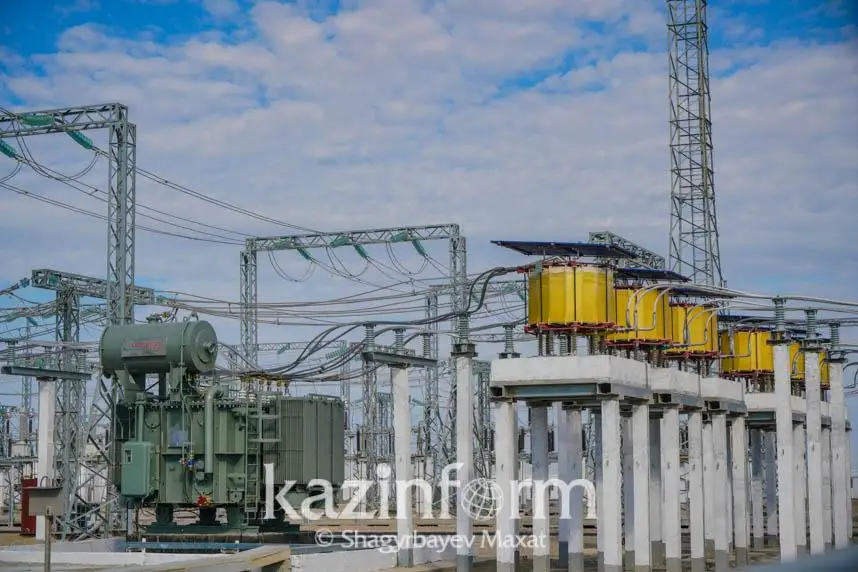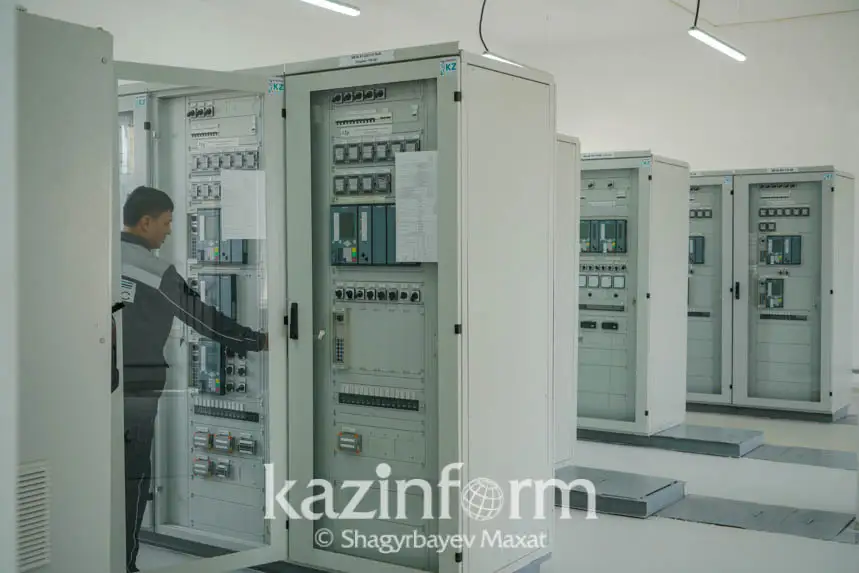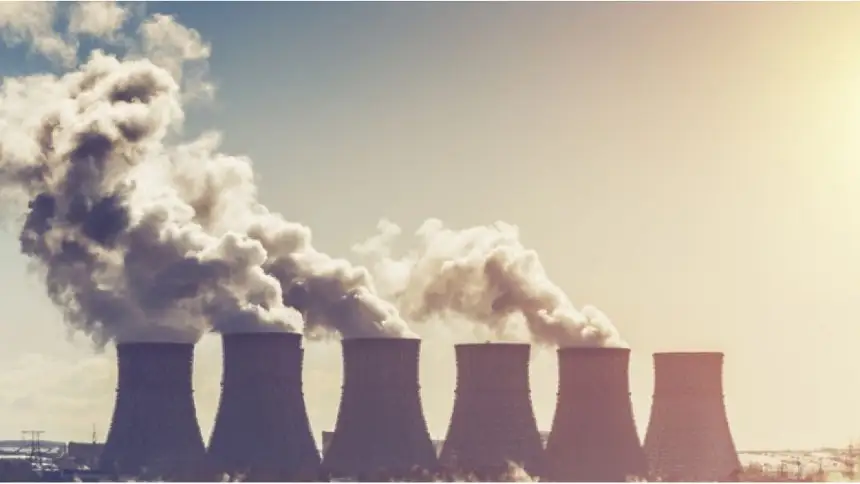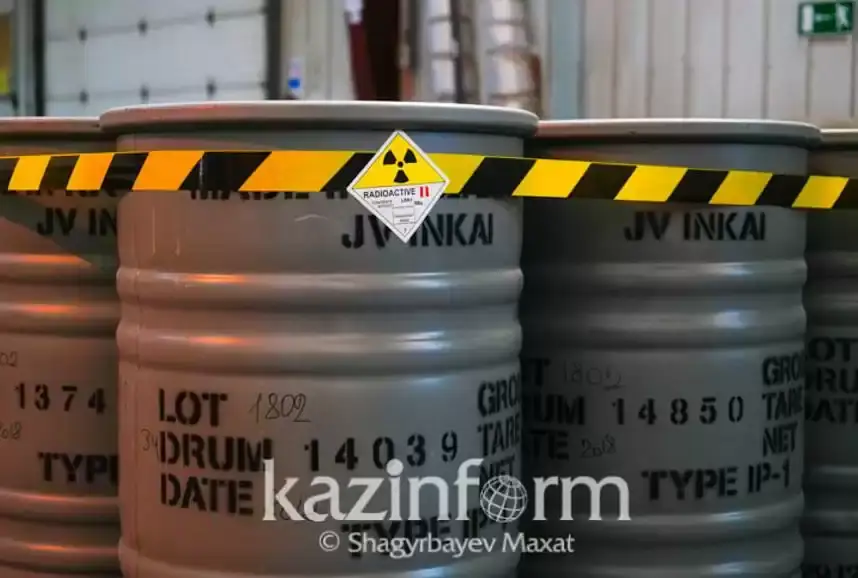Looming energy shortage in Kazakhstan

Rising energy shortage
Kazakhstan seeks to handle the increasing demand for electricity coupled with limited domestic energy sources.
Kazakhstan, renowned for its vast reserves of oil, gas, and coal, has traditionally relied heavily on these resources to meet its energy needs. However, a surge in industrial development, urbanization, and population growth has strained the existing energy infrastructure, resulting in an alarming energy deficit. As a consequence, power outages and rolling blackouts have become increasingly common, severely impacting businesses, households, and public services across the country. The incidents in Ekibastuz and Ridder towns last winter are the vivid examples.

According to the Kazakh Ministry of Energy, 158 electric power plants of various forms of ownership produce electricity in Kazakhstan. In 2022, electricity generation was 112.8 billion kWh, the plan for 2023 is 114.9 billion kWh. Whereas, power consumption will reach nearly 153 billion kWh by 2035.
At the same time, due to a number of objective reasons, such as decommissioning, increased wear and tear, tougher environmental sanctions, the output of existing power sources will drop to less than 89 billion kWh.
According to the forecast, in the medium term in 2023-2029, the country's energy consumption will grow by an average of 3 percent annually. At the same time, the growth of power generation in the country will be slower.

By 2029, Kazakhstan is expected to have more than 3 GW of electric capacity deficit, said Serik Tyutebayev, chairman of Samruk Energy, a state-owned company that accounts for 28 percent of the total installed capacity of stations in the unified energy system.
«In 2023, the power shortage, according to estimates, may reach 1.4 GW,» said Tyutebayev. «Over the past five years, the level of electricity consumption has increased by 9.4 percent. New power generation facilities are launched, but at a much slower rate due to the lack of financing and low tariffs. Because of this, the load on the existing cogeneration plants is growing. Their wear and tear lead to frequent accidents, such as in Ekibastuz, Rudny, Ridder, Temirtau.»
Why is there shortage?
Energy expert Zhakyp Khairushev explains that the shortage does not happen overnight.
«The kind of shortages we have now don't happen overnight. They take years to emerge and for that, we need to have the relevant consumption. And this is a very large consumption for our energy system. It could not have grown so quickly as a result of natural growth,» the expert believes.
Kazakhstan has experienced rapid economic growth and urbanization in recent years. At the end of 2022, the level of urbanization in Kazakhstan was 61.5 percent, the figure the country’s government planned to reach only in 2025. Over the past five years, the share of urban population in the country increased by almost 4 percentage points.

This, in turn, leads to an increase in energy consumption as industries expand and more people move to urban areas. The existing energy infrastructure is struggling to keep up with the rising demand.
Another significant problem facing the industry is that Kazakhstan inherited most of the energy infrastructure from the Soviet Union, meaning that energy facilities are aging and require modernization and upgrades to meet the current demand. Insufficient investment in infrastructure maintenance and development has resulted in inefficiencies and limitations in the energy sector.
Because power facilities have not been renovated in the past years, generating equipment is worn out by 65 percent on average, electric networks by 83 percent and heating networks by 80 percent.
Following the task set by Tokayev, an audit of all plants and power grids in the country will be completed in the first quarter of 2023.

To stimulate the market, investments will be directed to the reconstruction and modernization of facilities, and a new program, called Tariff in Exchange for Investment, is being developed. The volume of investment in the industry under the program is estimated at around 400 billion tenge annually.
This year, Kazakhstan will also adopt a law on heat and power engineering aimed at solving the problems of heat supply in the regions. A digital energy platform will be put into operation to manage risks and monitor the technical condition of plants.
Addressing the energy shortage
To address the problem, the country took measures to diversify its energy mix and invest in alternative sources. This diversification aims to reduce reliance on fossil fuels and enhance long-term energy security.
At the Climate Ambitions Summit in December 2020, President Kassym-Jomart Tokayev announced the nation’s commitment to become carbon neutral by 2060. He reiterated the target the nation set in its concept of transitioning to green economy to bring the share of renewable energy in the total energy grid to 15 percent by 2030.
In an ambitious move, Kazakhstan has embarked on the construction of a nuclear power plant (NPP) with hopes of resolving its energy crisis.

While the public has shown opposition to the construction of the plant, largely due to the country’s tragic nuclear history, some experts say the construction of a nuclear power plant is a critical step for Kazakhstan to overcome its energy shortage.
This is what President Tokayev reiterated on multiple occasions that nuclear energy offers a reliable, sustainable, and low-carbon solution that can meet the growing electricity demands of the nation.
«With the gradual decline of the coal era, in addition to renewable energy, we will have to think about sources of reliable baseline energy generation. Already by 2030, Kazakhstan will have a shortage of electricity. Global experience suggests the most optimal way out is peaceful nuclear power. The question is not simple, so its solution must be approached rationally, without speculation and emotion,» said Tokayev in his address in September 2021.
Minister of Energy Almasadam Satkaliyev said pre-tender procedures have been conducted and companies have sent non-binding bids.
«Now several bids are considered, it is a French company, a Korean company, there is an offer from Chinese partners, from Russian partners,» Satkaliyev in April.
He listed the advantages of various companies in the construction of nuclear power plants.

«If we talk about the experience of construction and the number of units and efficient plants currently under construction in the world, Rosatom has a definite leadership. If we talk about power equipment, of course, French companies are the leaders here,» he explained.
He added that European, American, Korean and Chinese companies are quite advanced in terms of automation systems and auxiliary equipment.
«Exactly the same stations are now being built in Egypt and Türkiye and are proving their effectiveness. But, nevertheless, we must also take into account the geopolitical aspects of construction. At the moment, we cannot say who will finally win the tender,» he said.
The officials say they are committed to adhering to the highest international safety standards for nuclear energy.
According to Tim Yeo, the chairman of the New Nuclear Watch Institute, a London-based think tank, Kazakhstan can benefit from the development of nuclear power and renewable energy sources.
According to the expert, in the past 12 months the world realized that the energy market can be quite unpredictable. The countries can experience price surges and difficulties with energy supplies at the same time. Investments into nuclear power cut emissions, ensure energy security and help stabilize energy prices, he added.
